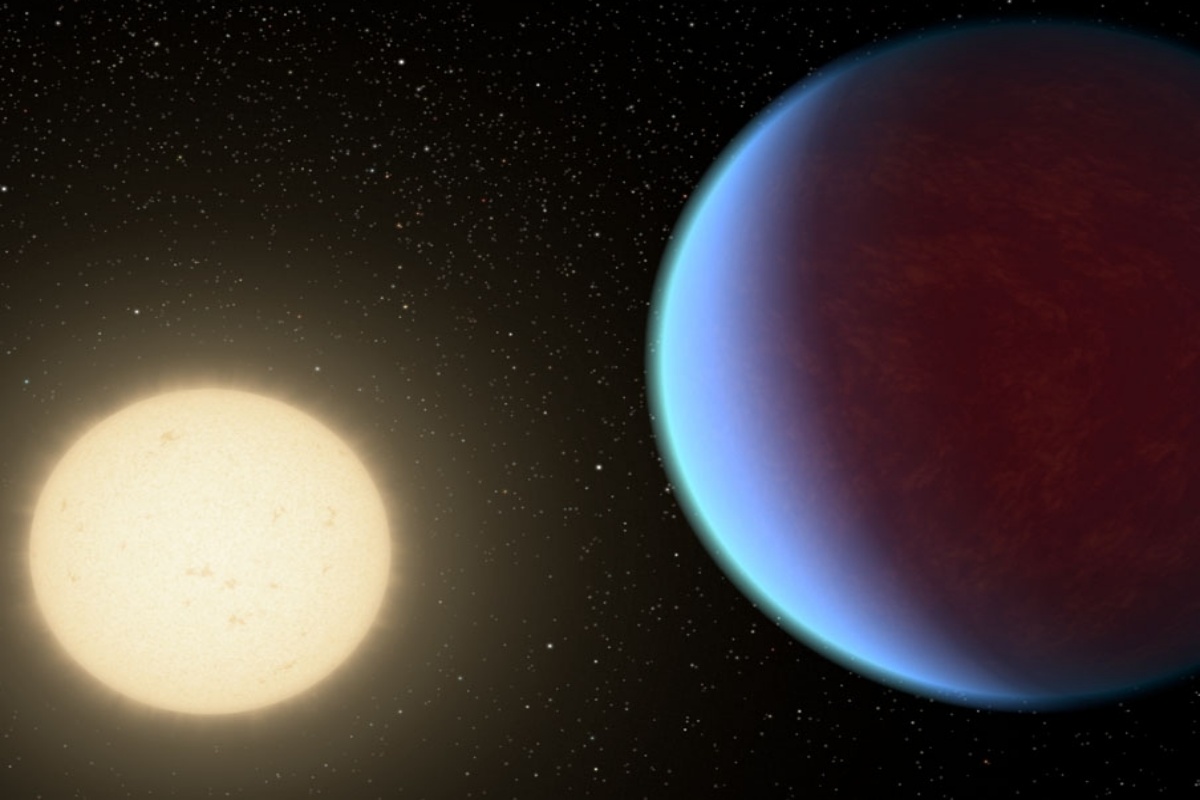A giant planet orbiting at a large distance around a sun-like star has presented a puzzle to astronomers because it does not seem to fit either of the two most well-known models for the formation of large gaseous planets, according to a study.
The planet — YSES 2b — is located 360 light years from Earth in the direction of the southern constellation of Musca (Latin for The Fly). The gaseous planet is six times heavier than Jupiter, the largest planet in our solar system.
Advertisement
The newly discovered planet orbits 110 times more distant from its star than the Earth does from the sun (or 20 times the distance between the sun and Jupiter). The accompanying star is only 14 million years old and resembles our sun in its childhood, said the scientists.
“By investigating more Jupiter-like exoplanets in the near future, we will learn more about the formation processes of gas giants around sun-like stars,” said lead researcher Alexander Bohn from the Leiden University in the Netherlands. The findings are forthcoming in the journal Astronomy & Astrophysics.
If the planet had grown in its current location far from the star by means of core accretion, it would be too heavy because there is not enough material to make a huge planet at this large distance from the star, the team explained.
If the planet was created by so-called gravitational instability in the planetary disk, it appears to be not heavy enough. A third possibility is that the planet formed close to the star by core accretion and then migrated outwards. Such a migration, however, would require the gravitational influence of a second planet, which the researchers have not yet found.
